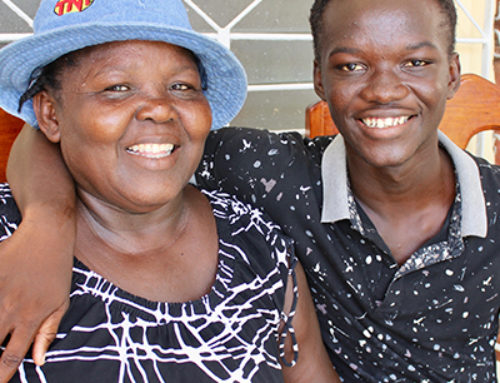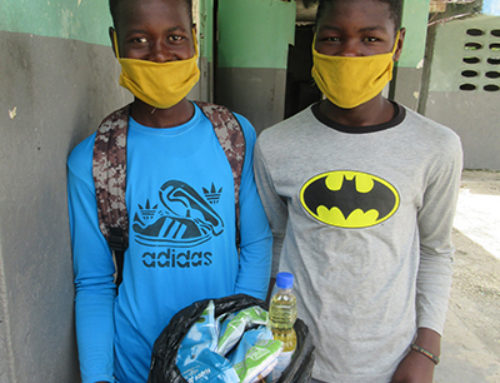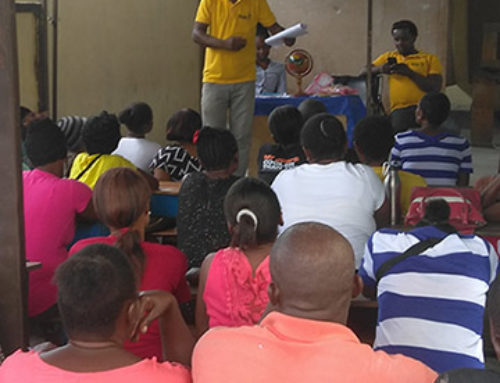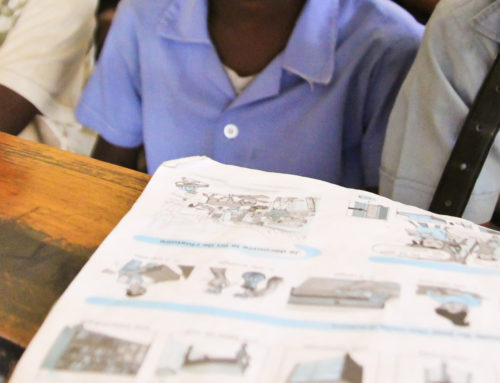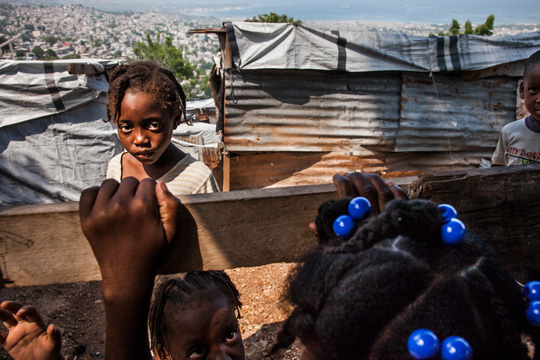 In a country the same size as the state of Massachusetts, there persists a systemic problem of restavek, a form of modern-day child slavery in Haiti that affects one in every 15 children. Typically born into poor rural families, restavek children are often given to relatives or strangers. In their new homes, they become domestic slaves, performing menial tasks for no pay. The poorest country in the Western Hemisphere, Haiti sees a 40-percent illiteracy rate and more than 60-percent of its citizens live below the poverty line. These factors have made this country and its citizens especially vulnerable. It’s common belief in our society that child slavery and human trafficking are wrong, but it’s important to really understand why, and unpack the ways it can affect a child:
In a country the same size as the state of Massachusetts, there persists a systemic problem of restavek, a form of modern-day child slavery in Haiti that affects one in every 15 children. Typically born into poor rural families, restavek children are often given to relatives or strangers. In their new homes, they become domestic slaves, performing menial tasks for no pay. The poorest country in the Western Hemisphere, Haiti sees a 40-percent illiteracy rate and more than 60-percent of its citizens live below the poverty line. These factors have made this country and its citizens especially vulnerable. It’s common belief in our society that child slavery and human trafficking are wrong, but it’s important to really understand why, and unpack the ways it can affect a child:
Physical Toll
There are more than 300,000 children in Haiti that live as restaveks, and more than half are girls. Instead of living with their birth family, restavek children are forced to join host families to serve as a helper. They hope for a better life in exchange for doing chores, but instead their vulnerability is met with exploitation. Both the harsh economic climate and generationally ingrained attitudes toward children contribute to the restavek mentality throughout Haiti. Children are expected to bear the brunt of hardship. For children in restavek, work begins at dawn and lasts into the evening. In addition to the physical toll that the heavy workload takes on their developing bodies, children in restavek suffer from the chronic conditions caused by overwork, scanty rations, and insufficient clothing that are the result of decades of poverty throughout Haiti.
Emotional Toll
The physical work is exhausting and demeaning for these young children. Instead of joining the family to eat the meal they have prepared, they eat alone, in isolation. They are constantly reminded of the fact that they do not belong, and that they exist to serve. The child in restavek is conditioned to believe that they do not belong, that they are not wanted, that they are easily discarded, and that they are good only for their ability to make others’ lives easier. Children in restavek become submissive and are taught to not think for themselves or express any personality. They are simply tools to be used, and this way of thinking is hard to adjust, even after the child breaks free of restavek. The educational deficiencies and the inability to provide a supplemental income for families back home are contributing factors in the cyclical nature of restavek.
Psychological Slavery
For many victims of child slavery, there is a twisted bond that forms between the child and the abuser. In an attempt to lighten the financial burden on a struggling, rural family, an older child is sent to the city to work for a wealthier home. Their parents imagine a better life for their child; in exchange for food and shelter, the child might receive a strong education and have the chance to build a career. Well meaning, but misinformed. Restavek children exist in industries ranging from technology to agriculture to housekeeping to sex, among many others, and are often exchanged between well-acquainted families, through informal loans, at a fraction of their colonial-era price. Because of this break from the biological family and an insertion into a family perceived to be helping the restavek children, there is often the underlining of psychological slavery. This is when the restavek child becomes mentally tied to, dependent, and loyal to the oppressor. As a result of isolation, inability to escape, and appreciation for the food, clothing and shelter that is received, the restavek child is at risk to this added layer of slavery.
Global Responsibility
Haiti is a one and a half hour plane ride from the United States. As the poorest country in the Western Hemisphere, it is surrounded by potential allies. To end child slavery in Haiti, we need more global partnership to accomplish the work that needs to be done. At Restavek Freedom, we work directly with families and community members in Haiti to establish programs and support changes in child slavery. Consider how you can donate, sponsor a child, and partner with Restavek to support the end of child slavery in Haiti.


